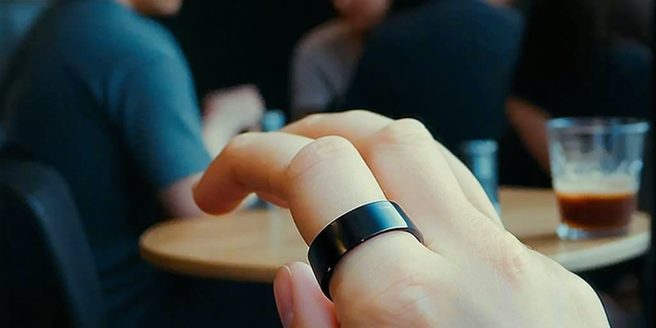Wearable Interface Design

Understanding the Basics of Wearable Tech Interfaces
Wearable tech interfaces have evolved rapidly, bringing technology closer to our bodies and daily routines. At the core of these interfaces are sensors collecting data, which are then processed to provide meaningful feedback or actions. The design of these interfaces must seamlessly integrate with the human body, offering easy access without disrupting daily activities. This requires both ergonomic considerations and intuitive interface design, where gestures, taps, and voice commands are common inputs. Designers must ensure that these devices offer clear feedback to avoid user confusion, maintaining a balance between functionality and simplicity. This foundational understanding allows users to interact naturally with their wearables, enhancing both user experience and acceptance, crucial for adoption in evolving tech landscapes.
Key Design Principles for Wearable User Interfaces
Designing wearable user interfaces requires attention to several core principles, including simplicity, accessibility, and context-awareness. Simplicity ensures that users can effortlessly interact with the device, which is crucial when on the move. Accessibility means designing for all users, ensuring universal use regardless of differences in capabilities. Context-awareness involves understanding the user’s environment and adapting interface responses accordingly, which might mean silencing notifications in quiet settings or adjusting display brightness outdoors. These principles work together to create an intuitive experience, one that requires minimal learning and provides maximal utility. By focusing on these aspects, designers can develop wearables that are not only functional but also enhance lifestyle, ensuring they are indispensable companions in daily life.
Challenges in Creating Intuitive Wearable Designs
Creating intuitive design for wearables presents several challenges, primarily due to the need for devices to operate seamlessly within a user’s daily life. Wearables must be designed to accommodate varied body movements while remaining comfortable and unobtrusive. This often necessitates innovative hardware solutions to ensure that devices maintain contact and function correctly without irritating the user. Another challenge is providing comprehensive functionality on a small interface, requiring concise design strategies to prevent user overload. Additionally, designing for a diverse audience with their own preferences and needs further complicates achieving universality in design. Navigating these challenges demands a thoughtful approach, blending human-centered design with cutting-edge technology to produce wearables that are both functional and user-friendly.
Incorporating User Feedback into Wearable Interfaces
Incorporating user feedback is essential for the iterative improvement of wearable interfaces. User feedback offers valuable insights into how people interact with devices, highlighting pain points and areas for enhancement otherwise not evident in testing environments. Collecting this feedback can be achieved through surveys, direct user observation, and usage analytics, each providing unique insights into user behavior and preferences. By closely listening to user experiences, designers can prioritize updates and new features that align most closely with actual user needs. This user-centric approach ensures that the wearables evolve alongside users’ expectations and helps cultivate a better relationship between users and their devices. This feedback loop not only enhances user satisfaction but also fosters loyalty and advocacy for the product.
Future Trends in Wearable Interface Design
The future of wearable interface design is poised to be defined by advancements in both technology and user customization. One emerging trend is the integration of AI, offering predictive capabilities that provide users with more personalized and anticipatory experiences. Another significant trend is the development of more adaptable interfaces that can learn and change based on individual user habits and preferences, ensuring that every interaction feels tailored. Additionally, as wearable tech becomes more widely adopted, the emphasis on aesthetics and fashion-forward designs is increasing, with manufacturers aiming to appeal to style-conscious consumers. Sustainable design practices are also gaining traction, focusing on eco-friendly materials and production processes. As these trends converge, the future of wearable interfaces promises to be more intelligent, personalized, and aligned with consumer values.